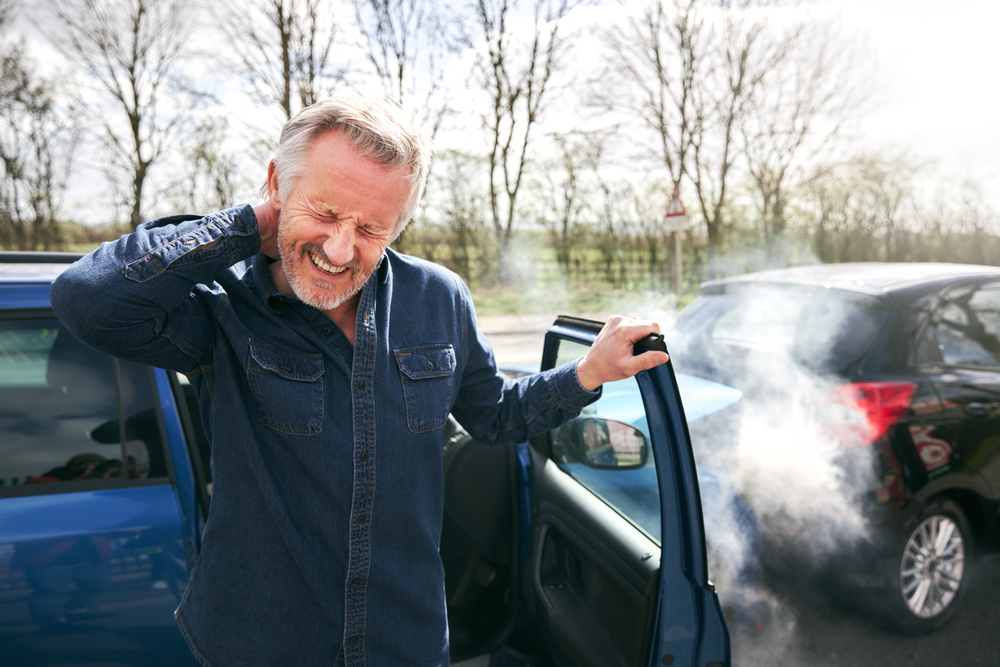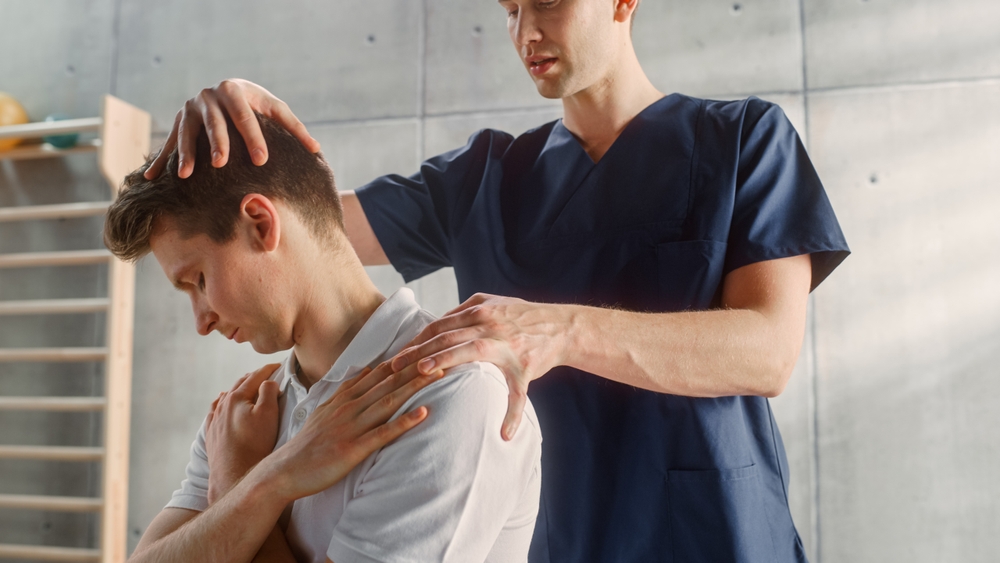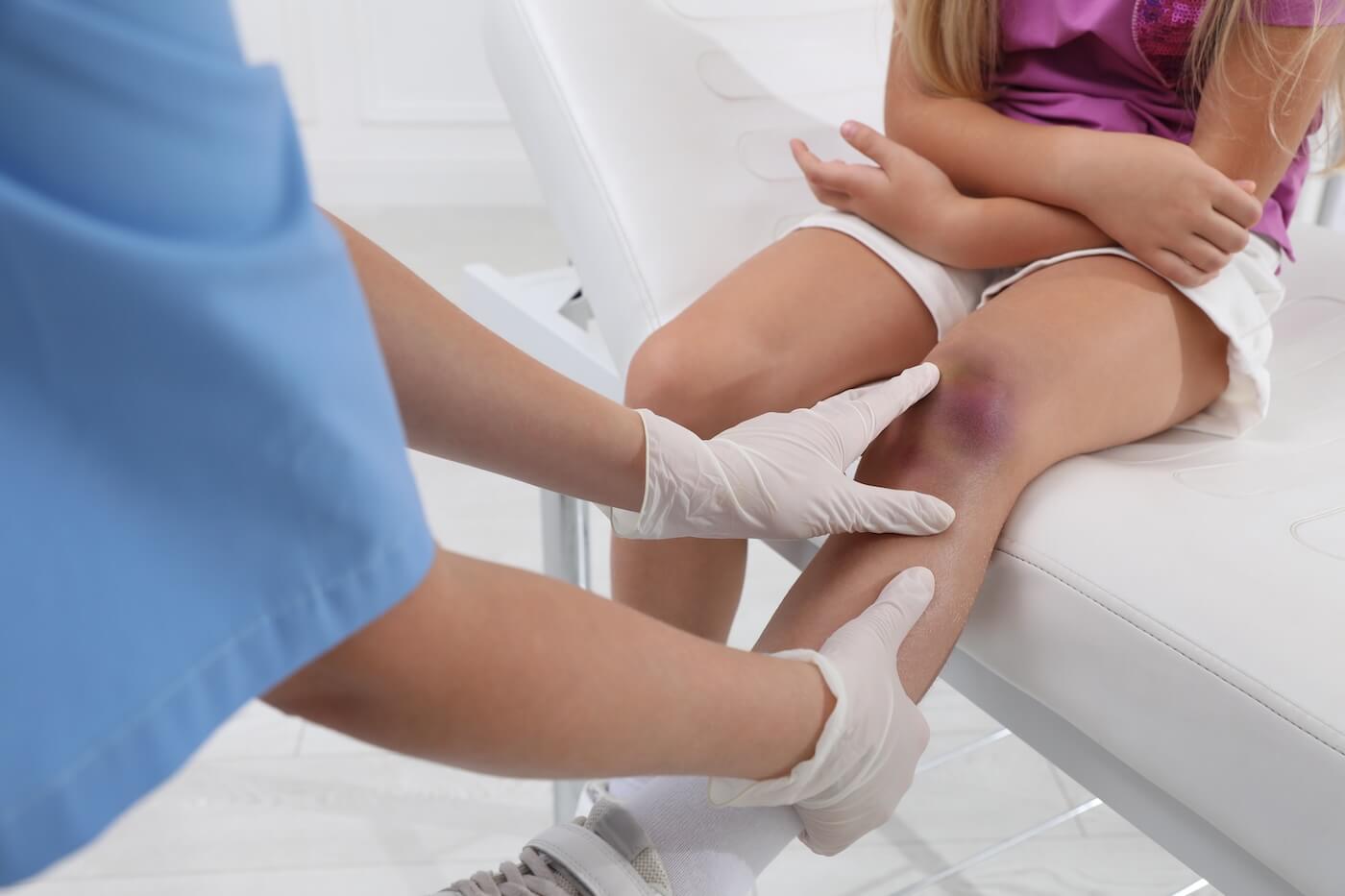What to Do If You're Doored While Riding a Bike
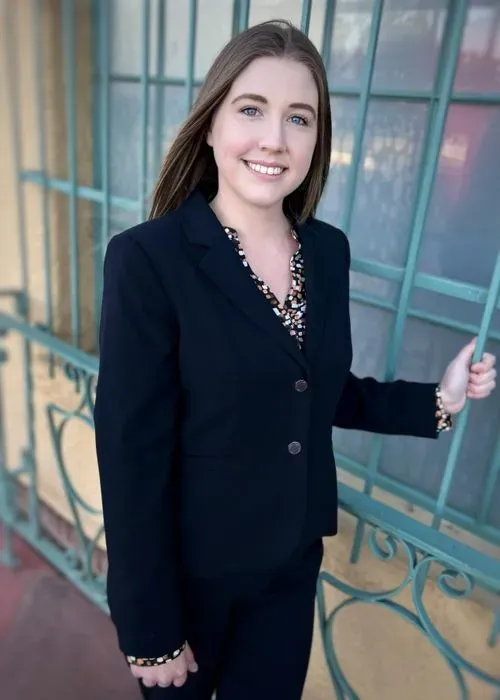
Written by Molly A. Ullrich
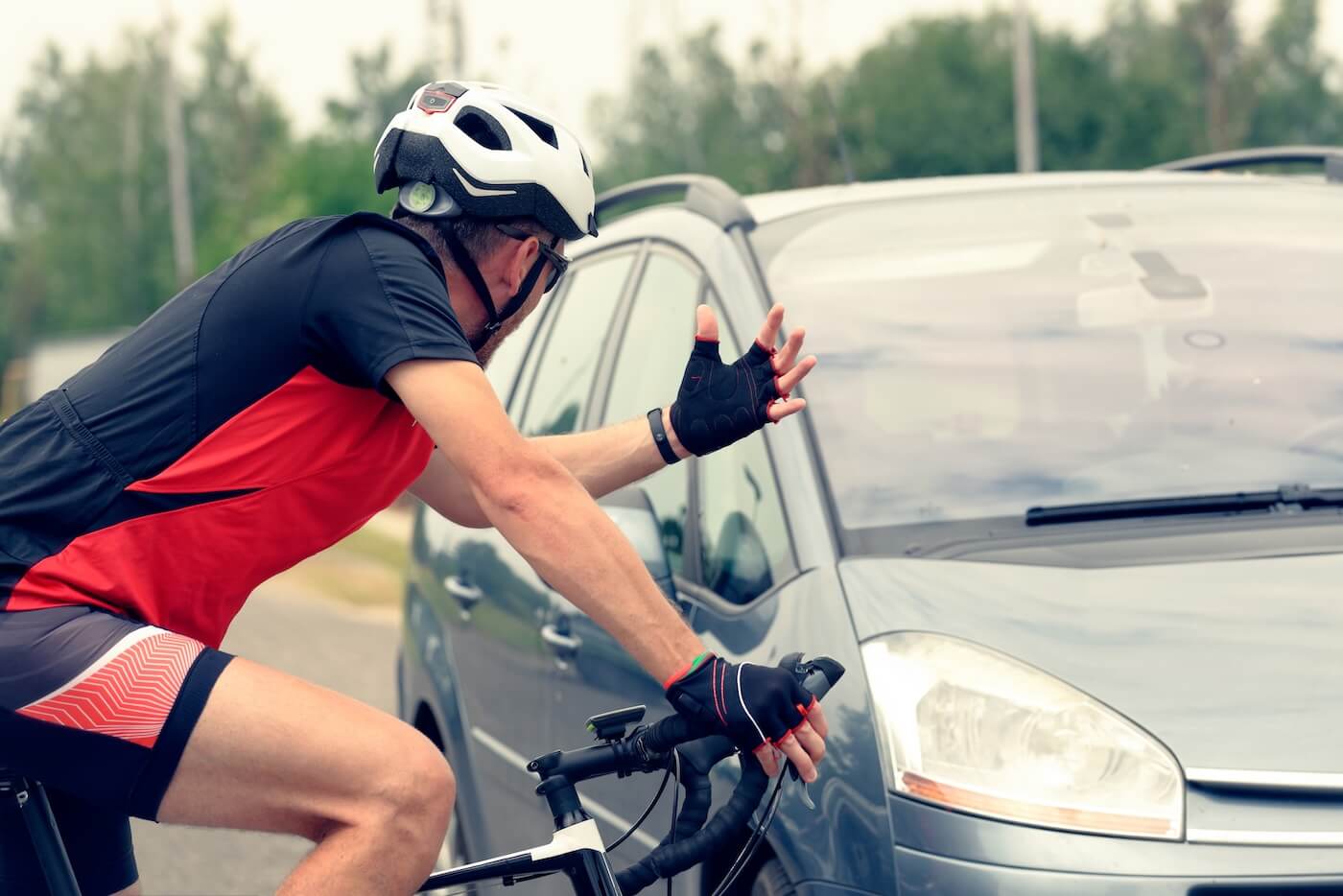
Getting doored while riding a bike can be startling and dangerous. If this happens to you, the most important step is to immediately check yourself for injuries and move safely out of traffic if possible. Addressing your health and securing a safe position come first.
After ensuring your safety, document the incident by noting details like the vehicle’s make, license plate, and the driver’s actions if possible. This information can be crucial for reporting the accident to authorities or insurance.
Understanding Dooring and Its Risks
What Is Dooring?
Dooring happens when someone inside a parked or stopped vehicle opens their door without checking for approaching cyclists. The cyclist, traveling close to the parked cars, often has little time or space to react.
This hazard is common on urban streets and bike lanes located next to parked cars. It often results from drivers or passengers not looking carefully before opening doors. Knowing this helps you anticipate and avoid potential incidents.
Why Dooring Is Dangerous for Cyclists
A door opening in your path can cause an immediate crash, throwing you off your bike or forcing you to swerve into traffic. Injuries can range from cuts and bruises to broken bones or head trauma.
Unlike motor vehicles, bicycles offer little protection from sudden impacts. The sharp edges of a car door can strike you directly, increasing the chance of serious harm. Being aware of the risk can help you stay alert and reduce your chances of getting dooring injuries.
Immediate Response After Being Doored
If you are doored while riding, your first move should focus on getting to a secure place and assessing your physical condition. Collecting clear evidence and statements at the scene can support any future claims or reports you may need to make.
Prioritizing Safety and Medical Attention
Immediately move yourself and your bike out of traffic if you are able to do so safely. Avoid lingering in the roadway to prevent additional collisions.
Check yourself for injuries, including less obvious signs like dizziness or pain that may appear later. If you feel hurt or suspect serious injury, call emergency services right away or ask bystanders for help.
Even if injuries seem minor, consider getting evaluated by a healthcare professional. Internal injuries or concussion symptoms can develop hours after the incident.
Documenting the Incident Effectively
Take photos of your bike, the door that struck you, the surrounding area, and any visible injuries. Capture details like the position of the car, street signs, and road conditions.
Write down the driver’s name, contact information, and license plate number if possible. Ask witnesses for their names and contact details and record their statements while the incident is fresh in their minds.
Report the incident to local authorities and request a police report. This documentation strengthens your case for insurance or legal matters.
Legal Rights and Guidelines for Cyclists
You have specific legal protections if you’re doored while riding your bike. Understanding how to assert these rights, file a claim in Denver, and access legal support can help you handle the situation effectively.
Knowing Your Legal Rights
If a parked car door opens into your path causing a collision, the driver is usually considered at fault under Colorado law. As a cyclist, you have the right to seek compensation for injuries and damages caused by the dooring incident.
You should document the scene carefully: take photos, gather witness statements, and obtain the driver’s contact and insurance information. Remember, the law expects drivers to check for oncoming cyclists before opening doors.
Legal representation is important because it ensures your rights are protected and that you receive fair compensation, especially when damages or injuries are significant.
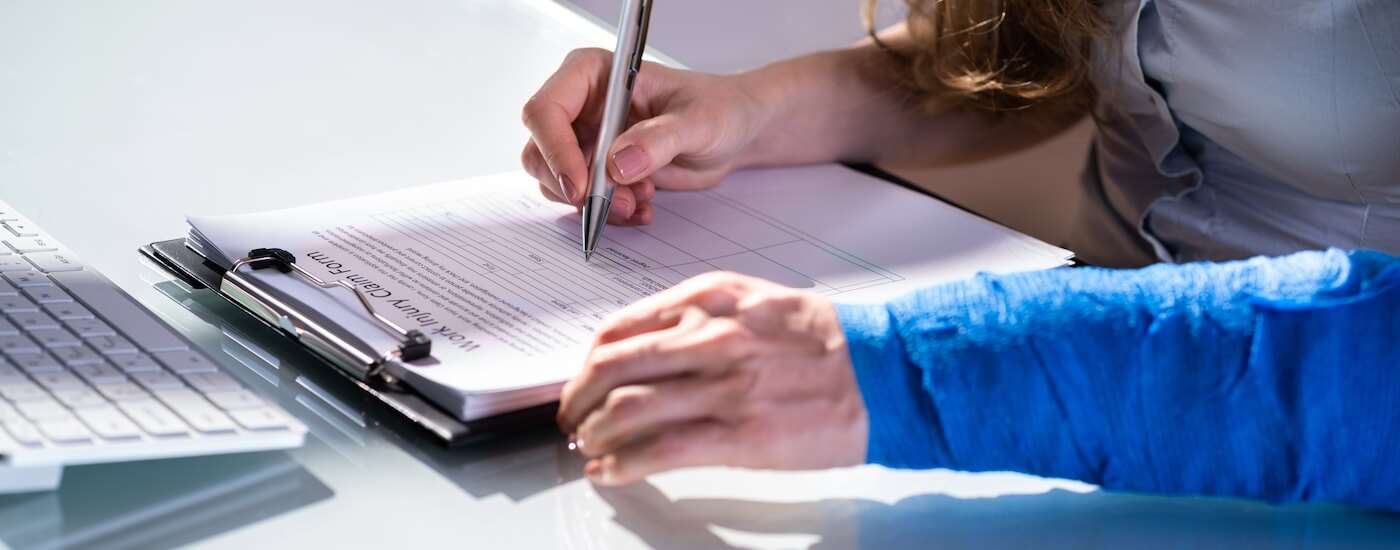
How to File an Insurance Claim in Denver
Start by reporting the incident to your insurance provider and the driver’s insurer promptly. Provide all evidence collected, including photos, medical reports, and witness details.
In Denver, you may file a claim under the driver’s automobile insurance policy. Colorado follows comparative negligence rules, meaning fault can be shared, so your claim may be adjusted accordingly.
Keep detailed records of all communications and expenses related to the incident. If the claim is denied or the settlement is inadequate, you have the option to pursue a lawsuit.
The Role of Legal Counsel: Smith & Weidinger PLLC
Smith & Weidinger PLLC specializes in bicycle injury cases including dooring incidents, so we can help you navigate Denver’s legal system and insurance processes efficiently.
Our attorneys review your case, advise you on your rights, and help gather critical evidence. They also negotiate with insurance companies to secure compensation for medical bills, lost wages, and other damages.
If necessary, Smith & Weidinger PLLC can represent you in court to hold the responsible party accountable. Engaging experienced legal counsel increases your chances of a positive outcome.
Preventing Dooring Incidents
Avoiding dooring requires specific actions you can take while riding and encourages better habits among drivers and passengers. Both your awareness and others’ understanding play critical roles in prevention.
Cyclist Safety Tips
- Maintain at least three feet of distance from parked cars when you ride. This space reduces the chance of sudden door openings in your proximity.
- Scan parked vehicles ahead for signs of occupancy, such as brake lights or people inside. Anticipate that a door could open any moment and be ready to slow down or change lanes safely.
- Use a bell or call out if you need to pass parked cars closely. This can alert occupants to your presence and reduce surprises.
- Wear bright or reflective clothing and use lights at dusk or dawn to increase your visibility to drivers and passengers inside cars.
Building Awareness for All Road Users
- Encourage drivers and passengers to use the “Dutch Reach” method—opening car doors with the hand farthest from the door. This forces them to turn and look for cyclists before opening.
- Advocate for public safety campaigns and local laws that educate people about dooring risks. Signage in high-risk areas can remind occupants to check for cyclists.
- Support infrastructure improvements, such as bike lanes separated from parked cars. Protected lanes create a buffer zone that makes dooring incidents less likely.
- Promote communication between cyclists and drivers. Making eye contact or using hand signals can clarify intentions and increase mutual awareness.
Note: The information provided in this blog post has been compiled from publicly available and secondary sources. While we strive for accuracy, some details may become outdated or contain inadvertent errors. If you believe any information is incorrect or requires updating, please contact Smith & Weidinger so that we may review and make the appropriate corrections.
Disclaimer: This blog post is for informational purposes only and is not intended as a solicitation for business. The photo used is not from the scene of the incident described. Viewing this content does not create an attorney-client relationship with Smith & Weidinger. If you have been injured in an accident, please seek immediate medical attention and then consult with a qualified attorney to discuss your legal rights and options.








